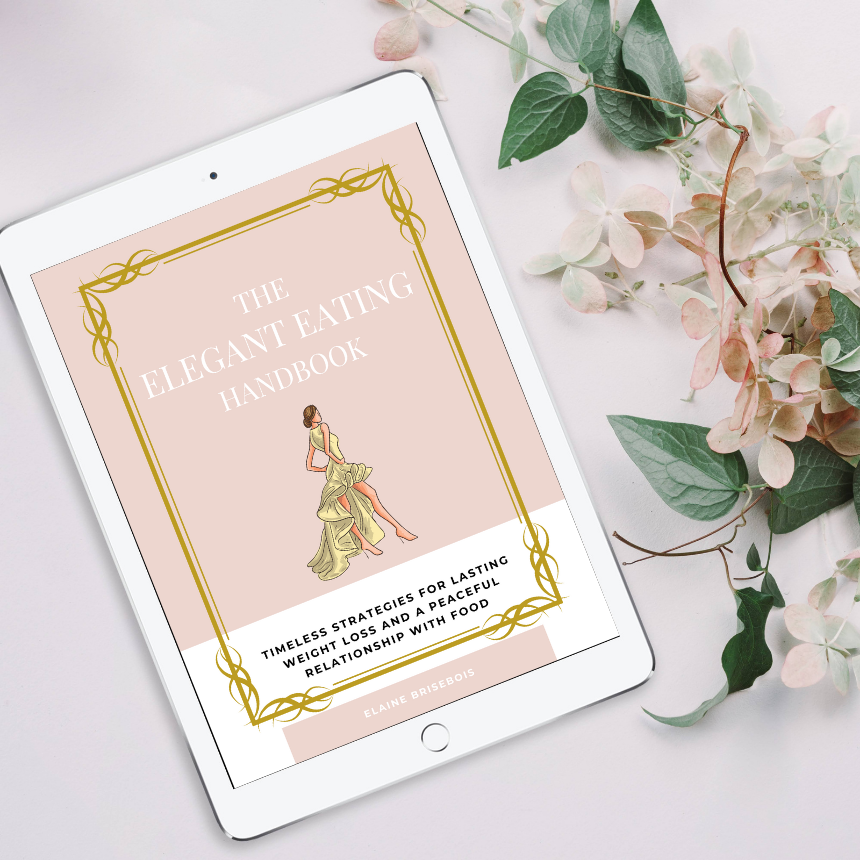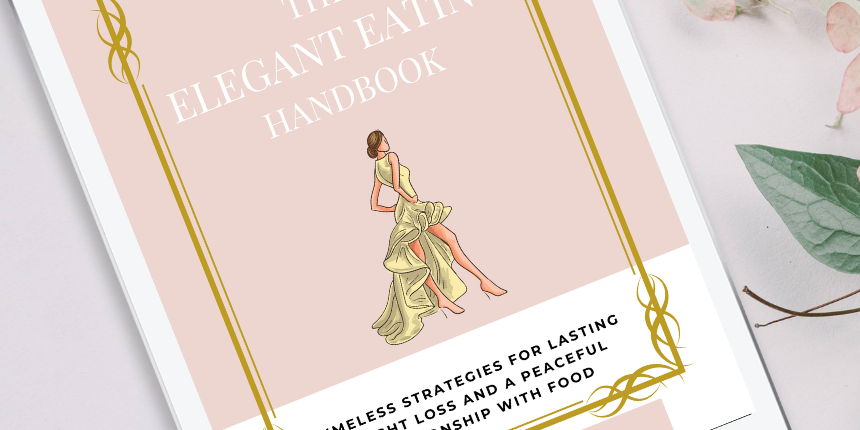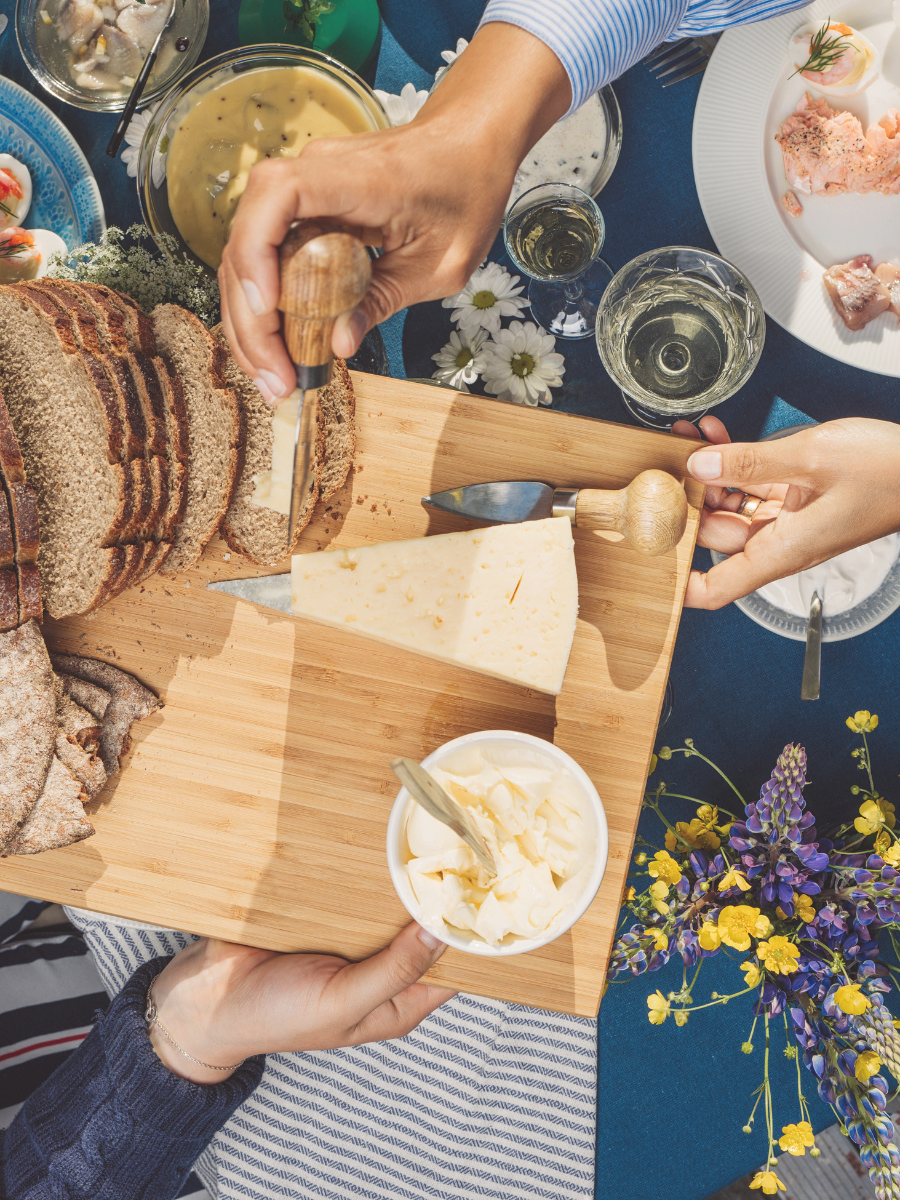I often get asked my thoughts on various types of diets and if there’s one in particular that I typically recommend to clients.
Do I recommend going low carb? What about Keto? Paleo? Vegetarian?
The truth is I don’t recommend any one particular diet, perhaps with the exception of a diet diverse in minimally processed whole foods, in the right quantities for you.
Beyond that – it’s highly individual.
We all have different starting points and different goals we’re looking to achieve – whether that is related to body composition, performance, or overall health. (Personally, I would never separate health from attaining the former.)
I believe that most foods fit (and can be included to varying degrees), however, there are undoubtedly healthier and unhealthier options, and certain foods may be better or worse for your particular needs.
Not all foods have to get a participation ribbon when it comes to your diet.
In terms of the general types of foods I recommend, how to balance them for weight loss and a formula for building your overall plate – I summed this up pretty well in the first chapter of The Elegant Eating Handbook. (Download a free copy here.)
You can read the excerpt below…
The Elegant Eating Handbook: Simple and Effective Strategies to Permanently Live at Your Natural Weight
CHAPTER 1
Return to Real Food: Simplify your Diet by Getting Back to Basics
I love the simplicity of Michael Pollan’s timeless sentiment, “Eat food, not too much, mostly plants.”
Real, whole foods are what our bodies evolved to eat, and if we want our body to function as a human body should, getting back to minimally processed whole foods is a great place to start.
Think ALL vegetables (from spinach to sweet potatoes), fruit, seafood, meat and poultry, eggs, whole grains like rice and oats, beans and legumes, nuts and seeds, and natural, unsweetened dairy products like yogurt.
This isn’t meant to be prescriptive.
I’m merely illustrating the ABUNDANCE and beauty of the real, whole foods available to us, and this doesn’t even BEGIN to scratch the surface.
Of course, we need to select the foods that work for our unique bodies and enjoy eating.
But when you return to real food, by default, you also cut out most of the overly processed stuff, too (i.e. added sugar, refined carbs).
Sure, your diet will likely include other foods made up of more ingredients, but the aim is to make minimally processed foods whole foods the rule rather than the exception.
Now, if weight/fat loss is your goal, you will need to create a small but reasonable calorie deficit (ideally through daily exercise/movement as well – not just diet).
But before you pull out your calorie-tracking app, know there are plenty of ways to create a deficit without resorting to counting every calorie or turning your dinner plate into a complicated math formula of macronutrient ratios.
One such approach is to fill your plate with mostly single-ingredient whole foods and tip the scale in favor of low-to-moderate energy-dense items (i.e. veggies, fruits, lean proteins) and eat until satisfied, not stuffed.
At the same time, you’ll want to be mindful of higher-energy dense food portions (i.e. nuts, nut butter, oils), and remember that just because a food is considered “healthy” doesn’t mean you can eat it in unlimited quantities.
The exact combination of foods that end up on your plate will vary based on your food preferences and the type of diet you choose to follow, but I recommend at a minimum to fill half of your plate by volume with lower starch vegetables and focus on getting in a quality protein source at most meals.
The rest of your plate can be rounded out with other whole-food carbs sources (i.e. winter squash, rice, yams), some healthy fats (i.e. avocado, seeds, butter) – although they may be included through the cooking oil or protein source – plus whatever other flavorings you enjoy and make your meal more palatable (i.e. spices, seasonings, condiments).
A general rule of thumb for weight loss: if you’re having a higher fat meal, include fewer carbs. And vice versa.
There’s a carb sweet spot for women when it comes to weight loss, and it depends on factors such as insulin sensitivity and activity level. HOWEVER, if you’re sticking to mainly whole, single-ingredient carb sources (i.e. fruit, potatoes, beans), it’s much less of an issue than if you’re eating lots of refined ones – which tend to be very easy to overeat (more on this in the next chapter!).
I see far too many women trying to jump from a diet full of refined carbs (i.e. crackers, bread, pasta, muffins, cereal, chips) straight to a very low carb one, often unnecessarily, with absolutely no transitional period in-between.
Then they yo-yo between heavily restricting (very low to no carbs) and eating “whatever”, so any results achieved aren’t permanent.
Consider that there may be a more sustainable and enjoyable middle ground that allows you to lose and maintain weight while also keeping in more whole-food carb sources, and that you can stick with for the long run.
This is why it’s essential to create a protocol that works for you and your life, rather than blindly following someone else’s diet or meal plan.
It doesn’t mean that your diet won’t evolve based on your life phase, preferences, and current goals. But ultimately, if this is for the long-term, it *needs* to be sustainable.
The women I work with don’t miss out on birthday celebrations, holiday parties, and gatherings with friends and families.
If you need to become a hermit and avoid all social interaction to adhere to your “eating plan,” consider that it might not be the right approach for you.
To continue reading Chapters 2 through 6, download a free copy of the handbook here.

Hi! I’m Elaine, a Certified Nutritionist and Master Certified Health Coach. I support women in achieving their health and body goals while prioritizing a peaceful and balanced relationship with food.

Get a free copy of my handbook!
The Elegant Eating Handbook: Timeless Strategies for Lasting Weight Loss and a Peaceful Relationship with Food.
share with friends
keep reading...





[…] more whole foods and less heavily processed […]